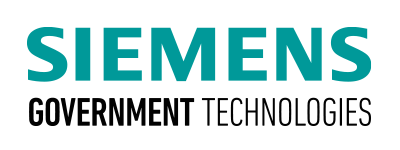Obtain full support from all stakeholders
For an ESPC to be efficiently executed, all stakeholders must understand and support the objectives and requirements of this financing mechanism. Maintaining communication and full transparency through the entire ESPC acquisition planning, assessment, development, implementation, and audit phases is critical to the success of the program. Relevant stakeholders from your organization’s finance, capital planning, and facilities departments should be consulted at each phase of the project. In addition, having weekly calls and meetings with the ESCO is highly recommended to ensure the project stays on schedule.
Understand the Investment Grade Audit (IGA) report
IGA reports serve as the technical basis for the ESPC project development and justify the economic feasibility of the project to secure financing. Therefore, IGA reports can be complicated, brimming with technical details, financing strategies, and explanations of maintenance roles. Take the time to fully understand the contents of the report, asking questions and getting clarification on anything that isn’t clear. Make sure you understand exactly what is being requested from your organization in the way of assistance during construction, system maintenance, and other phases before the project begins. Establish an efficient process to respond to questions within the IGA document.
Consider supplementary support from a third party financed program
While installing clean energy solutions will help improve the resilience and efficiency of your facilities, you may need to source additional funding to meet your goals. Consider applying supplementary funds that are authorized and appropriated by Congress or available through other approved parties, such as MILCON, ERCIP, and O&M, to close the gap.
Establish a process to phase the infrastructure improvements so that your organization can see results earlier. For example, implement quick payback improvements first and then issue modifications to the agreement after the more complex solutions are designed and fully vetted to maintain momentum with the team.
